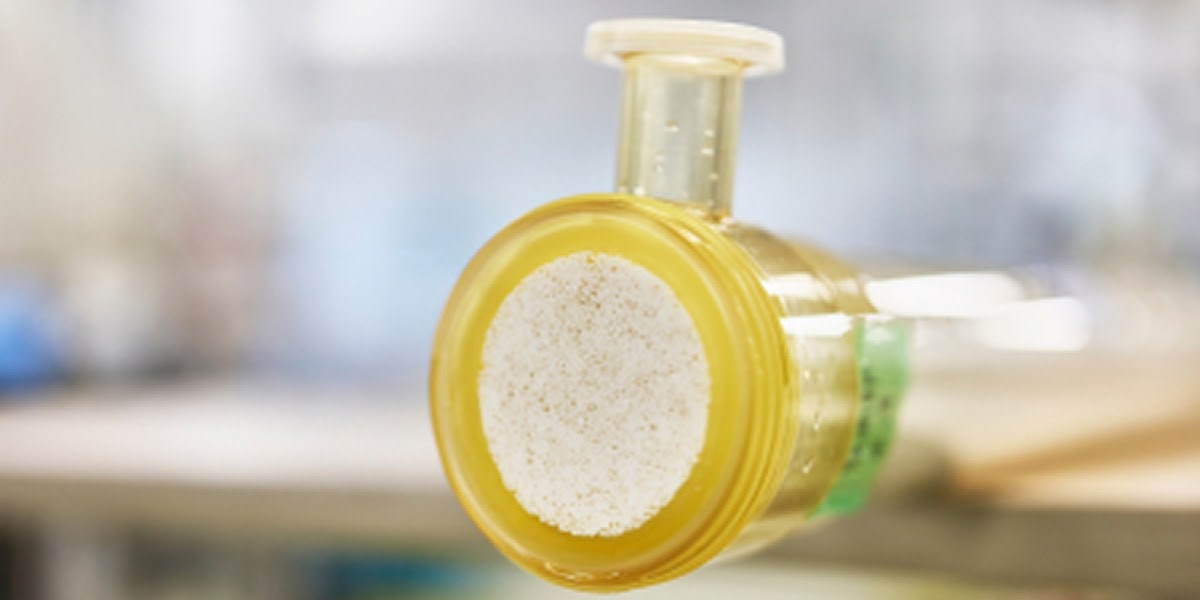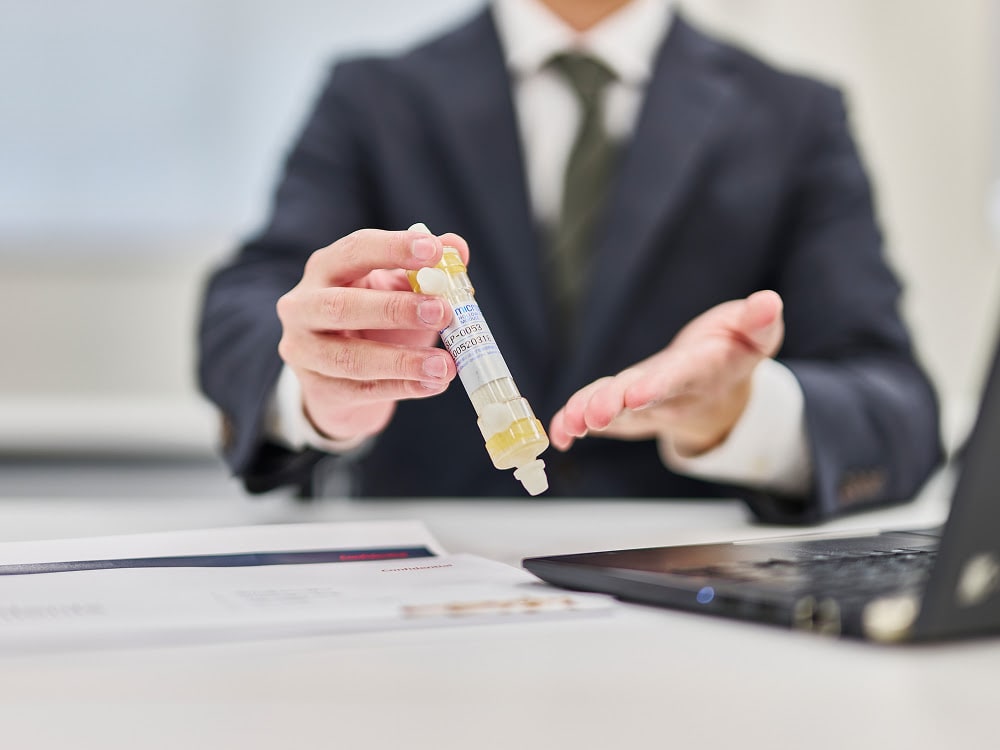Membrane Functions
Membrane separation technology is fundamentally a method for separating solvents and solutes. Pressure-driven membranes include reverse osmosis (RO), ultrafiltration (UF), and microfiltration (MF) membranes. These are used for the separation, purification, and concentration of colloids, low-molecular substances, and ions in solutions. Typical uses of reverse osmosis membranes include seawater desalination by applying about 6 MPa of high pressure to obtain fresh water, juice concentration, and wastewater treatment.
Typical uses of ultrafiltration membranes include the separation, purification, and concentration of not only dissolved polymers but also viruses, bacteria, yeast, colloids, and fine particles. Membrane filtration can be performed at low temperatures, making it useful for pharmaceuticals and food processes that are sensitive to degradation. Examples include endotoxin removal and filtration of spoilage bacteria in unpasteurized sake.
Typical uses of microfiltration membranes include the precise and efficient removal, purification, or separation of suspended solids, colloidal particles, and microorganisms in water, organic solvents, and chemicals, as well as fine particles and bacteria suspended in air and various gases.
Other examples include dialysis membranes, which use concentration differences as the driving force for separation, and electrodialysis, which separates molecules based on their electrochemical properties and size differences using a potential difference. A specific example of a dialysis membrane is blood purification for chronic renal failure patients, where impurities are removed from the blood by passing it through a dialysis membrane. Hollow fiber membrane modules are often used for their compactness and reliability.
Source: Japan Water Works Association "Q&A on Membrane Filtration Methods in Waterworks with Glossary of Water Filtration Terms" (partially modified)
Check Out the High-Performance Hollow Fiber Membrane Lineup Now
Asahi Kasei's hollow fiber membrane Microza® for filtration and separation offers a diverse product lineup to suit various applications. We provide products that meet a wide range of filtration needs, including high-precision MF (microfiltration) and UF (ultrafiltration) membrane modules.



